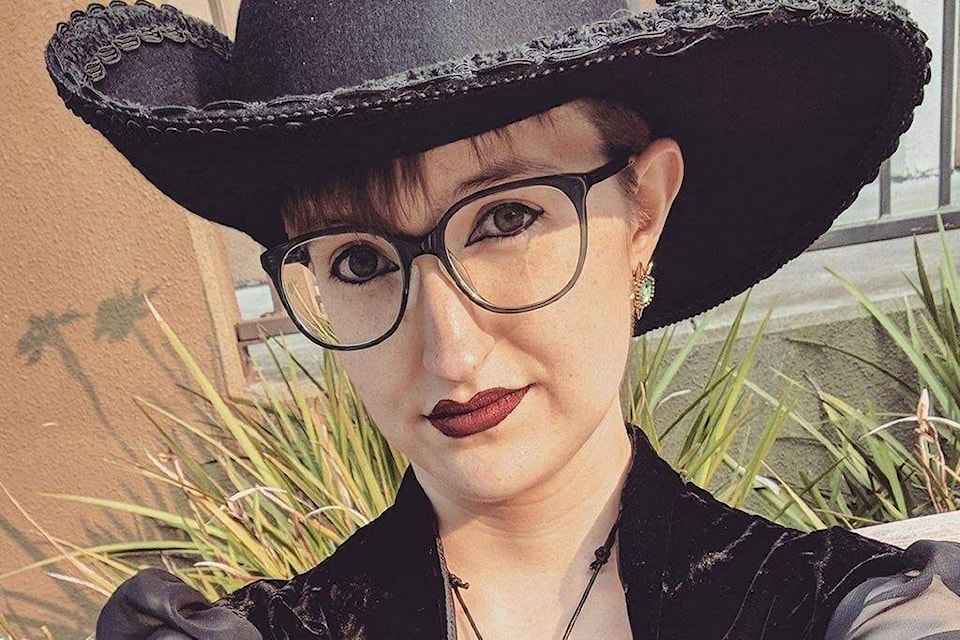Kiara Robillard says she was in a really bad place.
During the start of the COVID-19 pandemic, after she was struck by a truck and her spine broke in two places, she moved home to Alberta from California.
“That put a real damper on my life for quite awhile,” says the 25-year-old, who’s unemployed and living in Edmonton.
“I was depressed, anxious, losing touch with reality, and I was desperate for help.”
A few months ago, she says her doctor recommended she subscribe to an Alberta Health Service text-messaging program designed to provide mental-health support during the COVID-19 pandemic.
It’s called Text4Hope.
Participants receive one text message every morning for three months. After that, they can subscribe for a further six months.
Robillard selects a message of hope on her cellphone. “This one’s my favourite: ‘We often think that motivation leads to behaviour. The opposite is also true. Engaging in activities can increase your motivation.’
“I struggle with motivation so just seeing it written out in plain English … it kind of clicks.”
Vincent Agyapong, a clinical professor of psychiatry at the University of Alberta in Edmonton, founded the program.
“Text4Hope is a program that allows individuals to subscribe to receive daily supportive text messages to help people deal with stress, anxiety and depression during the COVID pandemic,” he says.
“When people are feeling stressed, anxious and depressed, they become preoccupied with doom and gloom.
“Once you are in this mental state you receive this positive message of hope, which momentarily disrupts your negative pattern of thinking.”
Agyapong says the messages are crafted by psychologists, therapists and psychiatrists.
Another example of a message sent to subscribers: “When bad things happen that we can’t control, we often focus on the things we can’t change. Focus on what you can control; what can you do to help yourself (or someone else) today?”
The idea for Text4Hope came from a similar texting service Agyapong created after a wildfire tore through Fort McMurray, Alta., in 2016. Text4Mood, which was also promoted by Alberta Health Services, sent similar messages of hope to that community’s residents.
Over six weeks with Text4Hope, Agyapong says users reported a 10 per cent reduction in depressive thoughts in comparison to those who didn’t get messages.
“When people switch from being preoccupied with the doom and gloom to thinking more of the positive contents of the messages, which changes their thinking pattern, (it) results in reduced stress, anxiety and depression,” he says.
More than 52,000 people have subscribed to the program since it started nearly a year ago. It is planning to continue for at least two years.
Agyapong says he has also set up a program that will send similar text messages in Arabic for newcomers, starting in April.
Last month, he started a text service for first responders suffering from post-traumatic stress disorder and he launched one in British Columbia for residents in Indigenous communities who have had multiple traumas. “They had wildfires, then they have flooding and now they have the pandemic,” says Agyapong.
Robillard says she is getting therapy and on medication, but Text4Hope comes in handy on days when she feels down.
“It’s something that’s like a good addition to whatever regimen you have for taking care of your mental health,” she says.
“It’s there to help me … having a different voice, a different stream of consciousness around me helps.”
—-
This story was produced with the financial assistance of the Facebook and Canadian Press News Fellowship
Fakiha Baig, The Canadian Press
